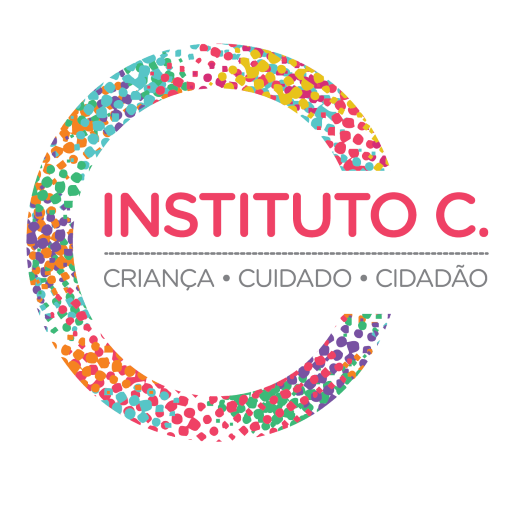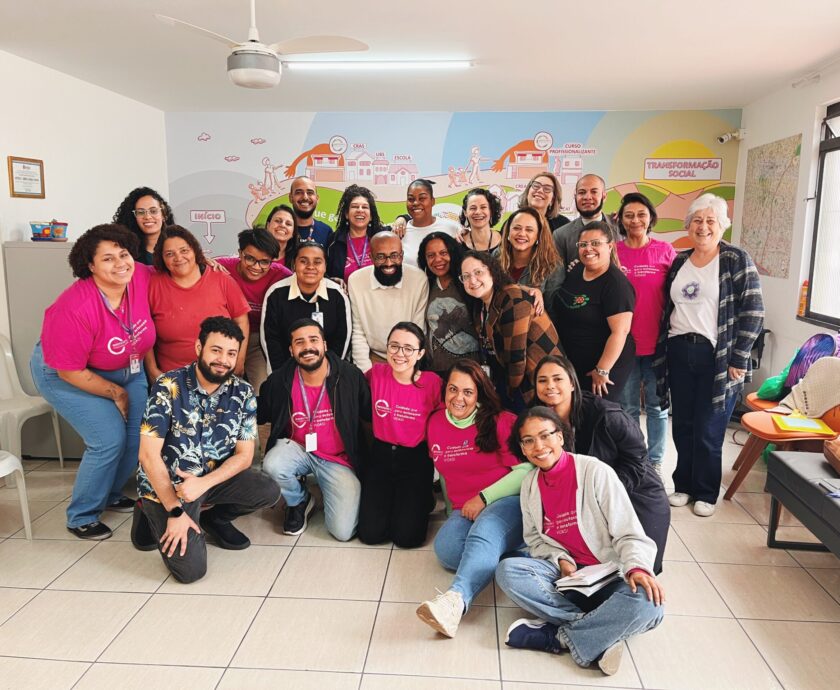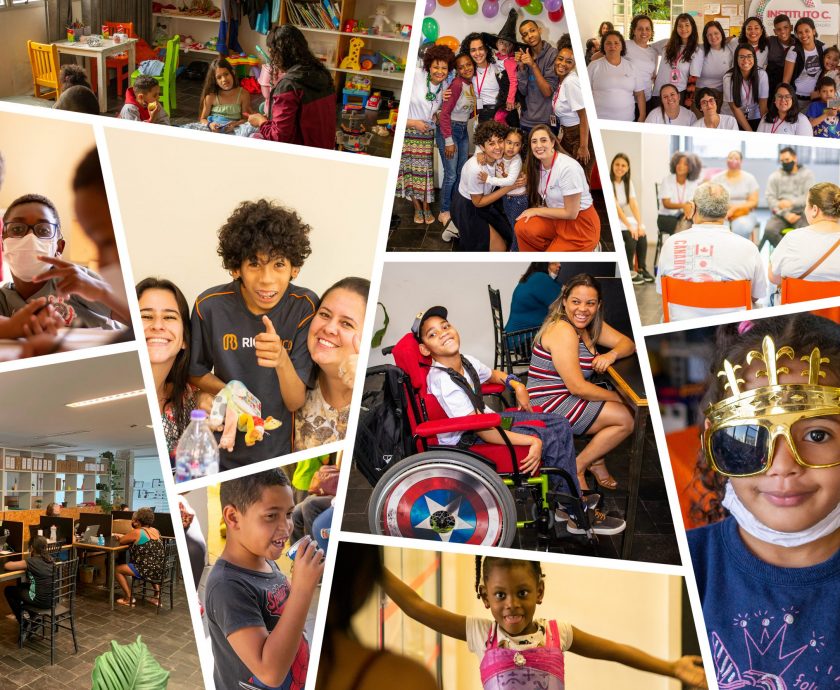The rights of children and adolescents are what ensure a fairer society that promotes the growth of all people without causing them harm. In practice, we are still on the path to achieving this ideal, but many things have changed over the years to guarantee a better quality of life for the young—such as the creation of the Statute of the Child and Adolescent (ECA) in 1990, exactly 35 years ago.
The ECA is a very important tool for ensuring rights, guaranteeing that children and adolescents have access to healthcare, education, leisure, and protection from violence, among other provisions. Over the years, the statute has evolved to meet the needs of the times, which is why society must remain vigilant to ensure that these rights are respected and protected.
Among the ECA’s provisions is the collective responsibility to guarantee children’s rights. It begins within the family, with the duty to provide care, affection, protection, and development. It extends to schools and the State, which must ensure access to quality education and healthcare, and also involves society as a whole, which bears the responsibility of paying attention to and respecting children and adolescents.
The ECA is also essential in preparing future adults to be conscious citizens who understand their role in society, as emphasized by Armando Hussid, a legal advisor and president of the Municipal Council for the Rights of Children and Adolescents (CMDCA/SP): “Protection and care for our children and adolescents are essential for them to be able to fully participate in society in the future.”
What Has Changed with the ECA?
The enactment of the Statute was a major step forward in helping society view children and adolescents with a greater focus on protecting their integrity. “Before the ECA, the Code of Minors, which was in effect during the military dictatorship, saw ‘minors’ as being in an ‘irregular situation’ and focused on punishment, not protection,” explains Armando.
Since then, there have been advances such as the strengthening of the Guardianship Council, expanded access to education and early childhood services, income transfer programs, and increased engagement from civil society in defense of childhood. Yet, there is still progress to be made to ensure the statute is fully implemented.
That’s why the ECA is constantly evolving and adapting so that children’s and adolescents’ rights align with changes in society. To illustrate, here are some of the most recent and important updates for us as citizens:
Mandatory Reporting of Disappearances: In 2024, a new amendment addressed caregivers’ responsibility for children’s safety. It introduced penalties for parents or legal guardians who willfully fail to report the disappearance of a child or adolescent to authorities.
Safety in Educational Spaces: Another recent amendment concerns schools and similar institutions working with children and adolescents. These establishments must now maintain up-to-date registration files and criminal background checks for all staff members.
Support for Victims of Violence: Also in the same year, a new provision was added to the policy guidelines section, ensuring medical, psychosocial, and preventive services for victims of neglect, mistreatment, exploitation, abuse, cruelty, and oppression, as well as for children and adolescents whose parents or guardians are victims of serious violence or are incarcerated.
These changes help us act as agents of well-being for children and adolescents, with the ECA serving as the starting point and guiding framework for their protection.
A Collective Responsibility
Civil society organizations like Instituto C play a vital role in promoting the rights outlined in the ECA. Through our services and activities in the fields of welfare, education, psychosocial support, and nutrition, we take a proactive and preventive approach to guaranteeing rights, with the goal of enabling socially vulnerable children and adolescents to grow up without having their rights violated.
According to Lucas Pisciotta, a social worker at Instituto C, “The third sector is a crucial bridge between public policy and the population, especially in areas where access to rights has historically been denied or weakened. We work in a complementary role to the State, often being the first point of listening, support, and relationship-building.”
With our multidisciplinary team, we recognize the family as the foundation of healthy development, so we work with all family members to help them understand the importance of caring for childhood. This network-based collaboration is key to enabling society to monitor areas where public authorities may not be as actively present.
CMDCA President Armando Hussid also stresses that we, as a society, must not view rights only in terms of protection from violations, but also as a guarantee of the conditions necessary for children and adolescents to fully develop and eventually exercise their own rights.
The ECA in the Daily Practice of Social Assistance
The ECA was created to recognize children and adolescents as full rights-holders and to establish comprehensive protection as a fundamental principle. “At Instituto C, we hold reading and discussion sessions on the ECA with the young people themselves, helping them learn about their rights and responsibilities, expanding critical thinking and citizenship from an early age. It’s a tool for empowerment and social transformation,” explains Lucas.
“The ECA reinforces our role as network connectors, as trained listeners, and as defenders of human dignity.”
The statute guides every stage of our work—from the initial intake to coordination with service networks. Every case, home visit, conversation with schools or social service centers is rooted in this commitment. It is not just a legal document—it is a powerful tool we use in our everyday practice.




